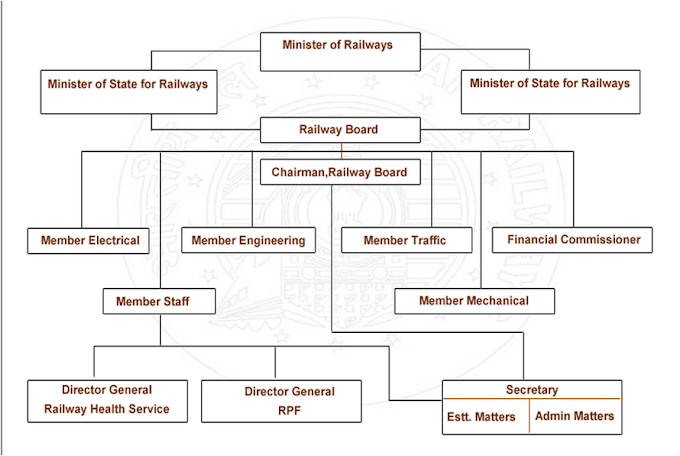Computer Network
Systems: Protocols, Standards, Interfaces, and
The
topology of a network is the physical layout and connectivity of a
network. Specific protocols, or rules of communications, are often used on
specific topologies, but the two concepts are different. Topology refers
to the ways the channels connect the nodes, whereas protocol refers to
the rules by which data communications take place over these channels. Neither
concept should be confused with the physical cabling of the network.
There
are several basic network topologies: star, bus, ring, mesh, and hierarchical
etc..
Star. A star network has a
central node that connects to each of the other nodes by a single,
point-to-point link. Any communication between one node and another in a star
topology must pass through the central node.
Bus. In a bus topology,
nodes are arranged along a single length of twisted-pair
wire, coaxial cable, or fiber-optic cable that can be extended at
the ends. Using a bus topology, it is easy and inexpensive to add a node to the
network, and losing a node in the network will not cause the network to
fail.The main disadvantages to the bus topology are that a defective bus causes
the entire network to fail. Also, providing a bus with inadequate
bandwidth will degrade the performance of the network.
Ring. In a ring topology,
nodes are arranged along the transmission path so that a signal passes through
each station one at a time before returning to its originating node. The nodes,
then, form a closed circle. It is relatively easy and inexpensive to add a node
to the network, and losing a node does not necessarily mean that the network will
fail.
Mesh. A mesh network design
is one in which each device is connected to every other device located on the
network, like a spider web.The advantage to this design is the redundancy of
the connected devices; if one link fails, it will not affect the rest of the
network. The disadvantages of this design are the cost of all the required medium
and limited scalability. If you add a device to a network that currently has four
devices, then you must connect the new device to the four existing devices with
individual cable drops.
Hierarchical. In a hierarchical
topology, nodes are arranged like an inverted tree with the root (usually
the mainframe computer) as the highest level and the leaves (usually the
desktop computers) as the lowest level. It is very cheap, but may have possible
traffic jams at the top level.
An advantage of the hierarchical topology is its ability to scale
to very large networks.
This scalability is because of the exponential reduction in size
of the visible
topology and amount of received topology state information at each
switch in the network. These reductions improve the effectiveness of your
network by reducing the control traffic, memory, and processing required by
each switch in the network.
Hybrid. In a hybrid topology,
nodes are arranged in more than one topology, which may include star, ring, and
hierarchical . A hybrid topology can integrate together
various computer configurations that may have special reasons for their own
choice of topology. A hybrid network will
allow companies to pick the advantages from several different topologies.










0 Comments